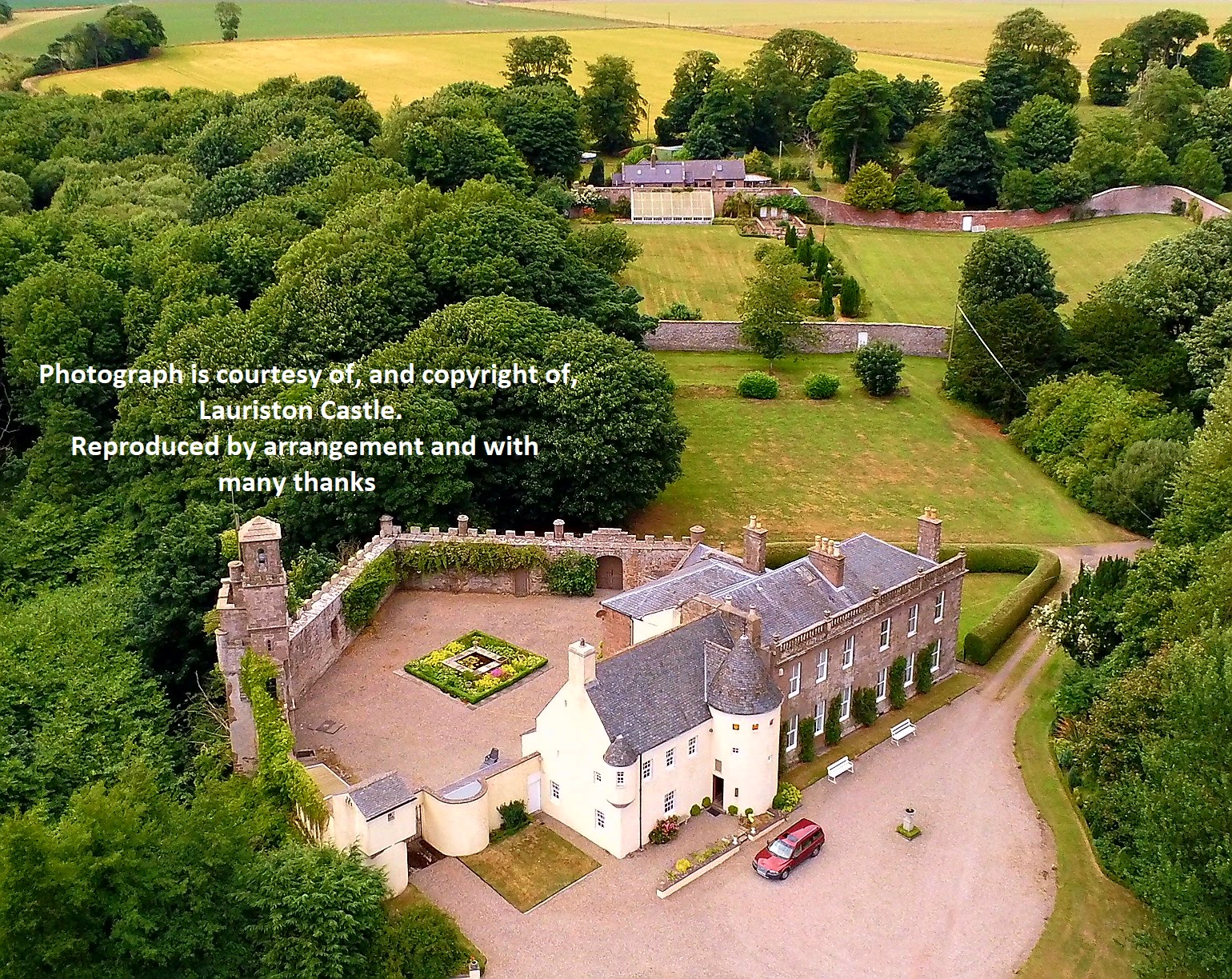Lauriston Castle Aberdeenshire

Lauriston Castle Aberdeenshire Details
Lauriston Castle, occupied tower house and courtyard of multiple phases overlooking steep ravine, restored and now a private home
- Closest To: Laurencekirk, Marykirk, St Cyrus
- Access: No Access
- Grid Reference: NO761666
Lauriston Castle overlooks a steep sided ravine known as Lauriston Den, through which a burn flows into the North Sea a short distance to the south-east. The oldest part of the castle is a multangular courtyard, which dates to the 13th or 14th century. Perhaps the earliest record relating to Lauriston is a grant of alms to Arbroath Abbey by Alexander de Stirling, who had been given the “villa” of Lauriston by Walter Comyn, Earl of Menteith. Another, roughly contemporary, is a reference to the chapel of Lauriston, and again Alexander de Stirling is the grantor. No mention is made of a castle at Lauriston at this time, although Walter of Menteith was a great castle builder. We cannot be certain, therefore, exactly when the courtyard castle was erected, or by whom. It would appear likely that if the castle is this early, it was probably damaged during the Wars of Independence, and required repair. It is also likely that it was occupied at times by the English forces, and that the original lords were dispossessed. When Lauriston next appears in records, it was held by the Straton family – and the castle had been in existence for some time.
The architecture of the courtyard and the one remaining quadrangular tower is consistent with a late 13th or early 14th century date, and it may in fact have been erected by the English, who certainly were responsible for the earliest fortifications at Dunnottar up the coast. An Alexander Straton appears in records in 1320 and 1328, and it was perhaps his grandson, another Alexander, who was killed at Harlaw in 1411. This Alexander’s son, yet another Alexander, was married to the daughter of the earl of Sutherland, which was the high point of the family fortune. Subsequently, early deaths and legal disputes contributed to their decline, but they remained significant locally. In 1528, the last male heir died without children, and Lauriston passed to a cousin. In 1695, the estate was sold to Sir James Falconer of Phesdo, and was renamed, although it reverted to its earlier name in the 19th century. Built on the front of the courtyard was a long tower house, extended in the Georgian period to form a large mansion, and doubtless there was much landscaping carried out which has obscured evidence of earlier fortifications. After the place was used by the MOD during the second World War, parts of the building were unusable and were demolished, but fortunately much of the older fabric survived. Lauriston was restored following purchase in the 1980s, and is now a family home.
Become a supporter of my work to access a more detailed history
